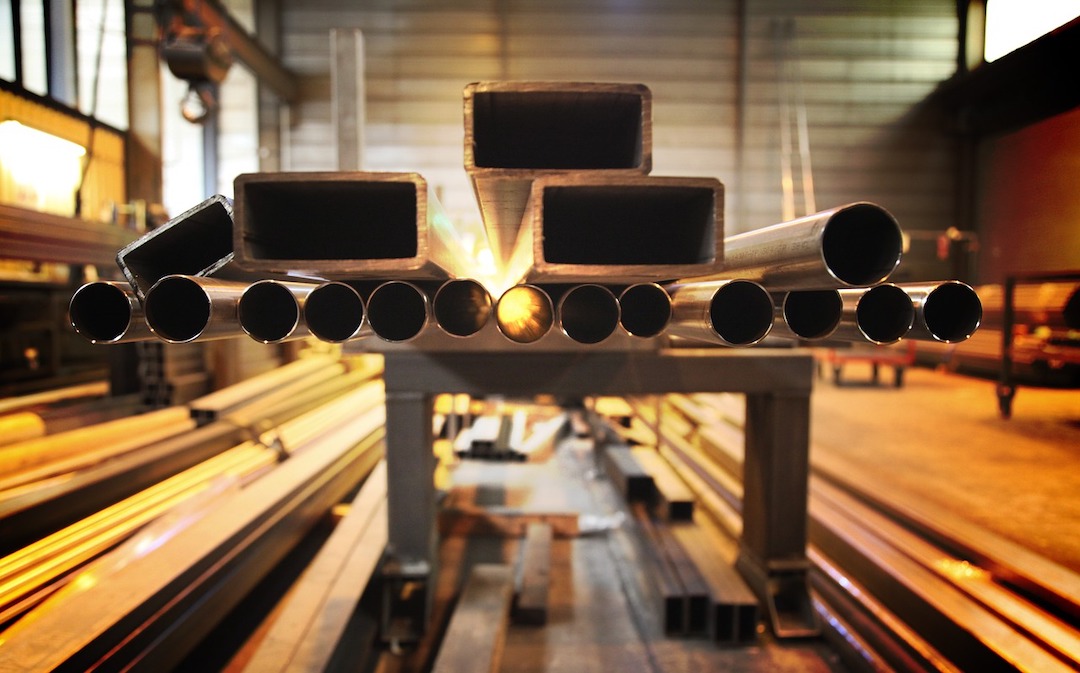The American Institute of Steel Construction (AISC) recently issued a draft of AISC 341, a standard that provides guidance on designing earthquake-resistant steel buildings and it is available for public comments.
The draft standard incorporates new design limits for steel columns based on research conducted by the National Institute of Standards and Technology (NIST) and the University of California San Diego. Using a shake table, researchers identified deficiencies in the performance of a certain type of column, with many test assemblies buckling prematurely.
Based on the findings, the researchers devised new limits for the cross-sectional slenderness of steel columns. “A lot of current design provisions are based on scaled-down column tests or a very small number of full-scale tests,” said NIST structural engineer John Harris in a news release. “But the full-scale testing we conducted has allowed us to begin filling in the knowledge gap regarding the performance of these kinds of columns under extreme loading conditions.”
The draft includes new slenderness limits on columns, with structural steel webs—sized according to the new limit—that could meet drift and stability requirements at the same time. The more stringent limits on steel column webs could soften the blow of earthquakes, potentially saving newly designed buildings from unnecessary damage or partial collapse.
Related Stories
Codes and Standards | Feb 13, 2017
Calif. commission approves ‘emergency’ balcony code changes
The changes apply to multifamily, hotels, state-owned buildings, and public schools.
Codes and Standards | Feb 9, 2017
Google-initiated program aims to get construction industry to use healthier building materials
Portico platform features a database of products ranked on how they disclose ingredients.
Codes and Standards | Feb 7, 2017
Newer structural standards mitigating earthquake impacts in Oklahoma
Buildings constructed in the last two decades are largely holding up to increased seismic activity.
Codes and Standards | Feb 6, 2017
New York State offers $36 million for energy efficiency on commercial buildings
Programs will provide money for both owners and renters.
Codes and Standards | Feb 6, 2017
New white paper on modular bathroom pods offers insight on best uses
When to use them, cost, and installation are issues that are explored.
Codes and Standards | Feb 3, 2017
Justice in Design initiative to explore how to design a modern jail
The report will inform design principles for New York City jails.
Codes and Standards | Feb 1, 2017
Massachusetts, Colorado, Illinois lead annual Top 10 States for LEED Green Building list
LEED for Building Operations and Maintenance the most popular rating system in top 10 states.
Codes and Standards | Jan 31, 2017
Planning for world’s first floating city underway
New approach to resiliency examined in French Polynesia.
Codes and Standards | Jan 30, 2017
Denser development could reduce emissions more than building energy retrofits
More tightly packed cities would cut building emissions significantly, study says.
Codes and Standards | Jan 27, 2017
Calif. legislator proposes statewide solar mandate for new buildings
It would be the first such requirement in the U.S.

















